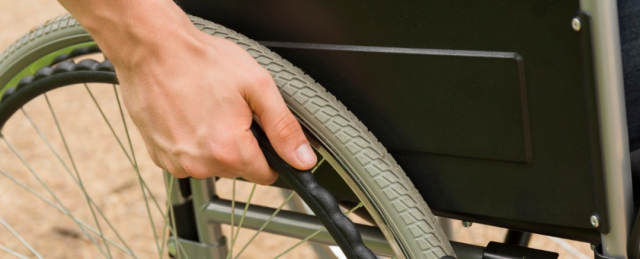The Camino de Santiago for people with disabilities
The Camino de Santiago is accessible to everyone and has numerous guides that provide all the necessary information to plan the adventure correctly.
The Camino de Santiago attracts the attention of many countries
Few activities encourage the meeting of thousands of pilgrims from different parts of the world and gather as much history as the Camino de Santiago. Despite the fact that 2020 left us with very different data and figures compared to previous years, the charm of the Jacobean phenomenon attracts the attention of neighboring countries and more remote regions of the globe, since it is not only an exclusively religious experience.
The motives that lead pilgrims to obtain the compostela go far beyond spiritual values. It is an experience that can be enjoyed with family or friends, an adventure to be amazed by the beautiful landscapes and an opportunity to get to know in depth the cultural, artistic and traditional movements of each of the Spanish autonomous communities. It is also one of the best ways to disconnect from the daily routine and get in direct connection with nature.
In the Middle Ages, people with reduced mobility traveled in search of a cure
The discovery of the remains of St. James the Greater led to the opening of multiple roads and trails throughout the Iberian Peninsula. Devotion to the apostle spread all over the map and, as a result, both kings and nobles improved the roads with the construction of numerous bridges, hospitals and shelters to meet the needs of pilgrims traveling from remote places.
During the Middle Ages, many pilgrims sought the miracles of St. James to heal themselves. As the Codex Calixtinus states, many sick people undertook their journey from distant lands to Santiago de Compostela with the intention of finding a cure for all their ailments. Although many of the stages are full of physical challenges, the truth is that despite all the difficulties these pilgrims achieved their goal: to reach the Galician capital.
It is for this reason that the Camino de Santiago is also adapted to accommodate the group of individuals with different skills or abilities. People with disabilities can also participate in the Jacobean phenomenon, since there are multiple projects that guarantee a good experience. However, it will be necessary to take several points into account before embarking on the adventure.
What to bear in mind when walking the Camino de Santiago
The French Way inaugurated a few years ago a route of Castilla y León and Galicia adapted for all people, allowing anyone to be part of this incredible experience with accessibility and adjusted services, but it is not the only one. Whether you have a physical, visual or hearing disability, the Camino de Santiago is accessible to everyone and has numerous guides that provide all the necessary information to plan the adventure correctly.
One of the first things to take into account when organizing the trip is to determine the physical condition and endurance. Depending on the person's capabilities, the total kilometers to be covered should be decided and divided into short stages to make it much easier. On the other hand, it will be necessary to be very aware of the environment, so the accompaniment of a second or third person will be key to enjoy the Jacobean experience. The latter will be of great help in overcoming difficult obstacles.
Routes
Blog
 ¿Vas a hacer el camino de Santiago? Cuida tus pies antes y después
¿Vas a hacer el camino de Santiago? Cuida tus pies antes y después
 5 razones por las que contratar un seguro de viajes
5 razones por las que contratar un seguro de viajes
 Formas de hacer un logotipo
Formas de hacer un logotipo
 La importancia del registro de llamadas durante tu viaje por el Camino de Santiago
La importancia del registro de llamadas durante tu viaje por el Camino de Santiago
Information
Points of interest
Cities & Towns | Hostels | Lodgings | Restaurants | Saddlery | Doctors | Points of interest | Bikes workshop
Contact us | Privacy policy | Cookies policy | | Terms of use | Authorship | Web Map | Consentimiento
© Copyright LA VOZ DE GALICIA S.A. Polígono de Sabón, Arteixo, A CORUÑA (ESPAÑA) Inscrita en el Registro Mercantil de A Coruña en el Tomo 2438 del Archivo, Sección General, a los folios 91 y siguientes, hoja C-2141. CIF: A-15000649
